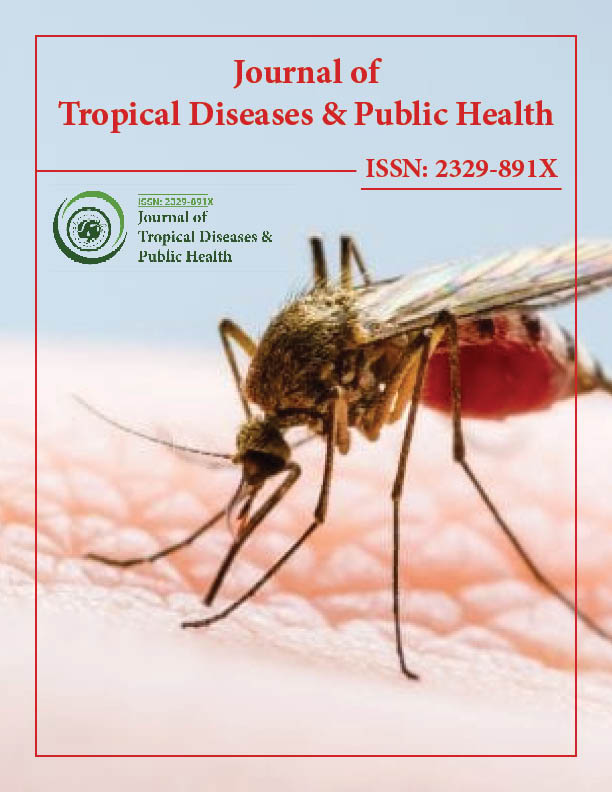Indexado em
- Abra o Portão J
- Chaves Acadêmicas
- Bíblia de pesquisa
- Infraestrutura Nacional de Conhecimento da China (CNKI)
- Centro Internacional de Agricultura e Biociências (CABI)
- RefSeek
- Universidade de Hamdard
- EBSCO AZ
- OCLC- WorldCat
- CABI texto completo
- publons
- Fundação de Genebra para Educação e Pesquisa Médica
- Google Scholar
Links Úteis
Compartilhe esta página
Folheto de jornal

Periódicos de Acesso Aberto
- Agro e Aquicultura
- Alimentos e Nutrição
- Bioinformática e Biologia de Sistemas
- Bioquímica
- Ciência de materiais
- Ciencias ambientais
- Ciências Clínicas
- Ciências Farmacêuticas
- Ciências gerais
- Ciências Médicas
- Cuidados de enfermagem e saúde
- Engenharia
- Genética e Biologia Molecular
- Gestão de negócios
- Imunologia e Microbiologia
- Neurociência e Psicologia
- Química
Abstrato
Prevalence of Intestinal Parasitic Infections and Related Risk Factors among Street Dwellers in Addis Ababa, Ethiopia
Banchiamlak Mekonnen, Berhanu Erko and Mengistu Legesse
Background: Epidemiological information on the prevalence of various intestinal parasitic infections in different sectors of the society and localities is very important to develop appropriate control strategies. Many studies have been conducted to determine the prevalence of intestinal parasitic infections in Ethiopia. However, studies pertaining to the prevalence of intestinal parasitic infections among the street dwellers are limited. Therefore, the aim of this study was to determine the prevalence of intestinal parasites and associated risk factors among street dwellers in Addis Ababa.
Method: A cross-sectional parasitological survey was conducted among street dwellers in Addis Ababa, between October 2012 and March 2013. Fresh stool samples were collected from the participants and processed by direct microscopy, concentration, and Kato-Katz thick smear methods. The participants were also interviewed about knowledge of intestinal parasites and risk factors for intestinal parasitic infections using structured questionnaire.
Results: A total of 355 participants, 312 (87.89%) males and 43 (12.11%) females participated in the study. The mean age of the study participants was 28.4+12.4 years (age ranged from 4 to 75 years). Nine species of intestinal parasites were identified with an overall prevalence of 71.8%. The most prevalent parasites were Ascaris lumbricoides (34.9%), Trichuris trichiura (22.8%), Giardia lamblia (9.6%) and Entamoeba histolytica/dispar (8.2%). Two thirds (67.1%) of the participants responded that they had no adequate information about intestinal parasites. Consumption of leftover fruit was significantly associated with high prevalence of intestinal parasitic infections (adjusted odds ratio= 2.9, 95% CI; 1.02, 8.22).
Conclusion: The study revealed high prevalence of intestinal parasitic infections in street dwellers in Addis Ababa. Thus, any community-based intervention program of intestinal parasites should consider these segments of population, since they contribute to the source of intestinal parasitic infections for the community.